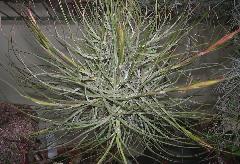
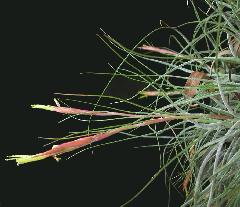
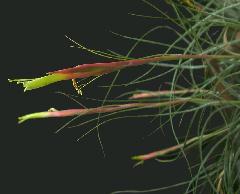
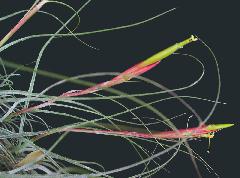
*09/2012 - Derek Butcher has now attempted to unravel these question. See DD0912
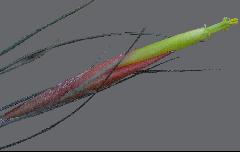
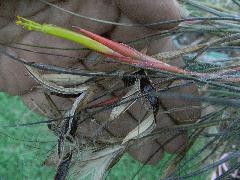
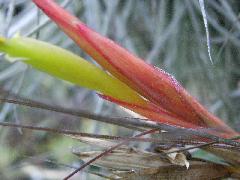
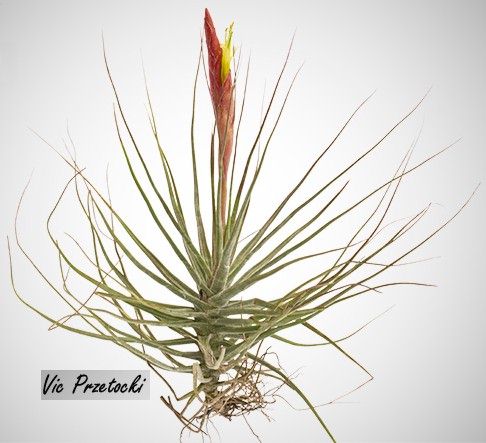
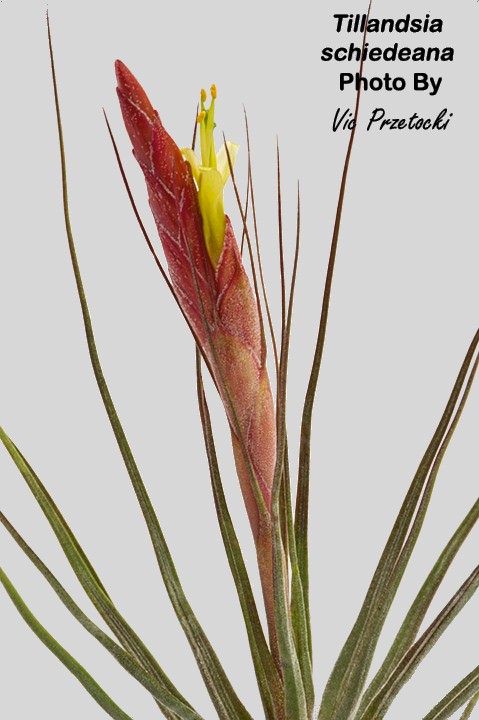
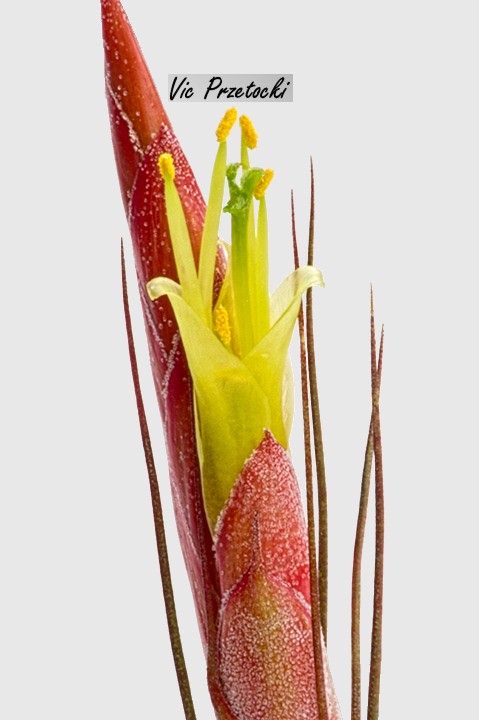
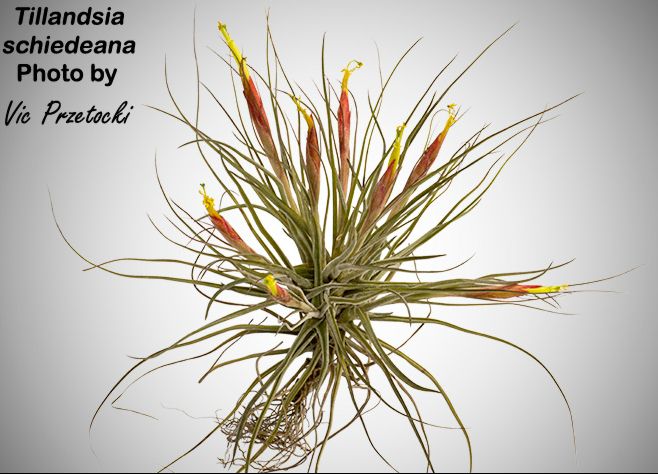
See Detective Derek DD0912 for discussion of the following.
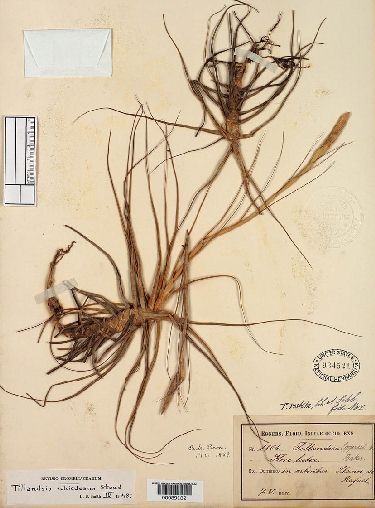
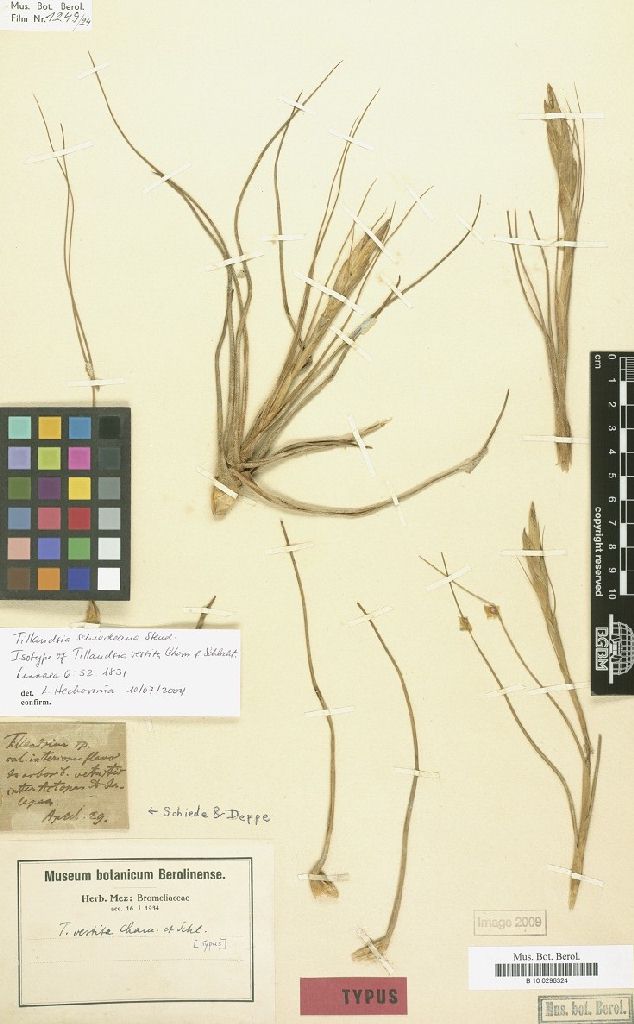
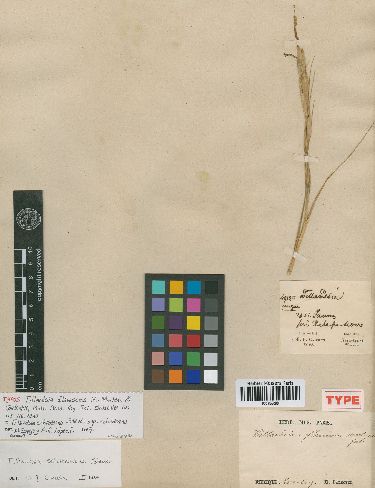
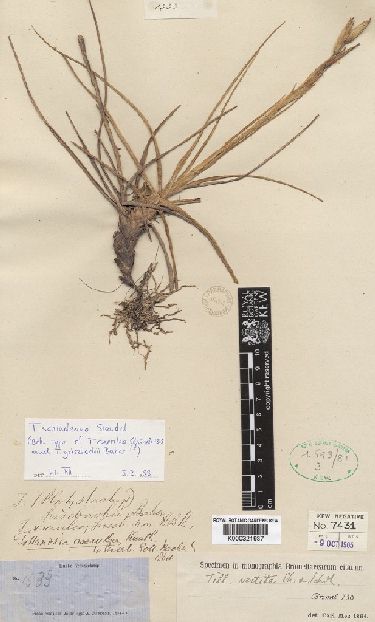
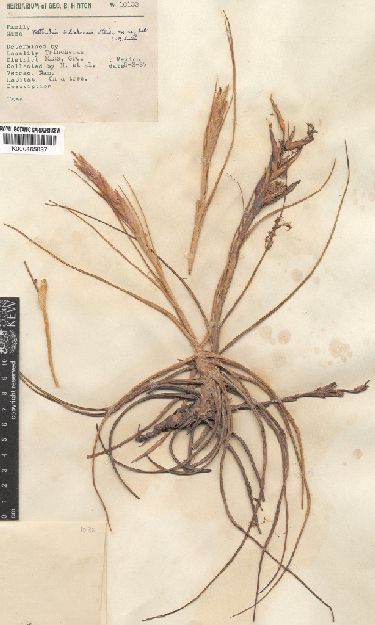
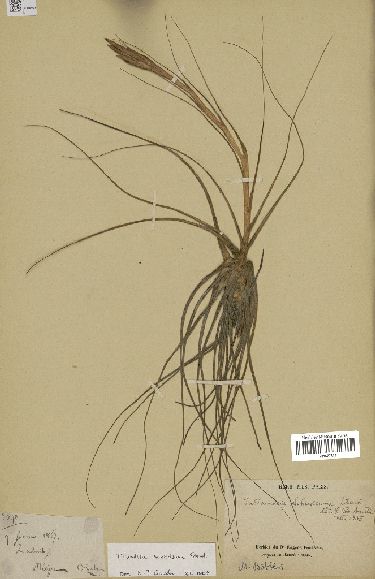
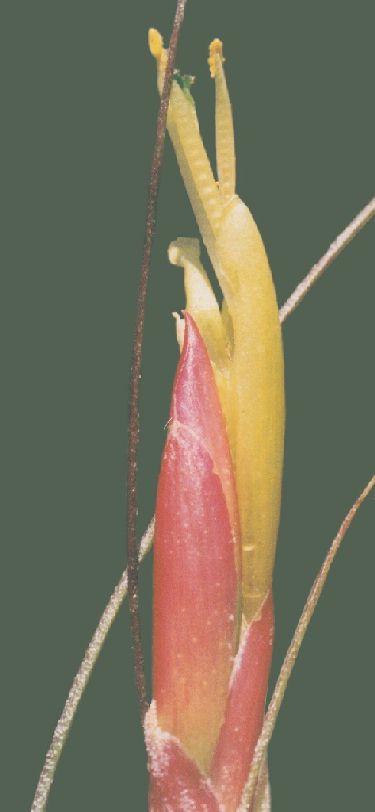
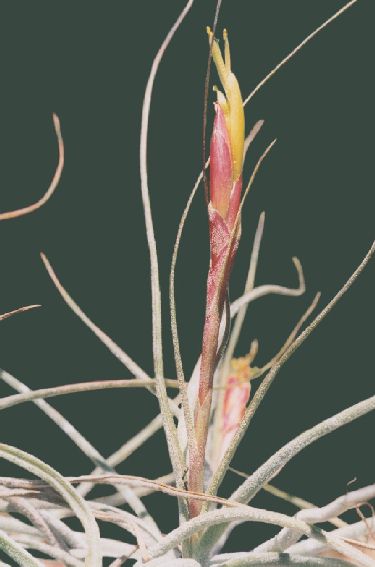
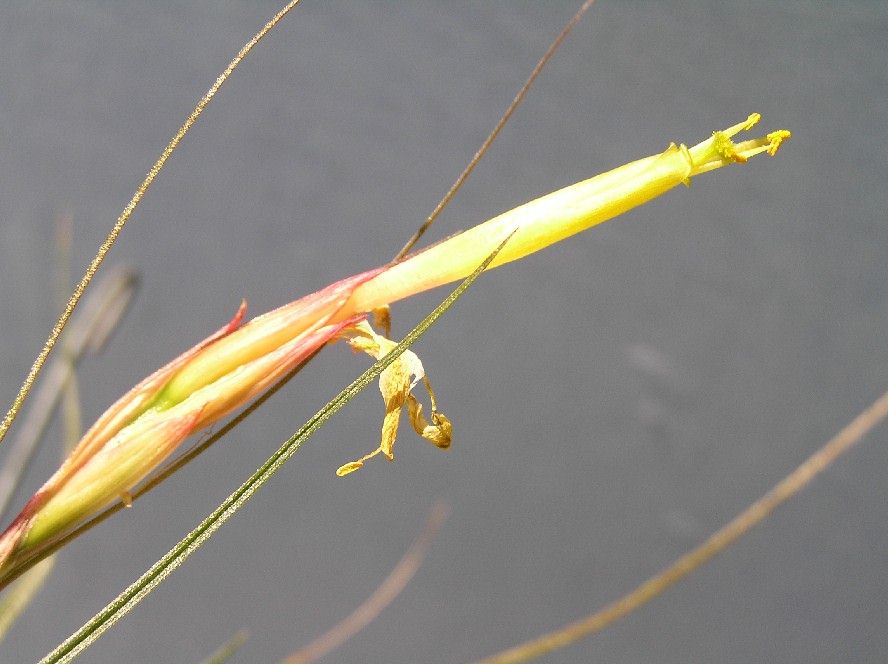
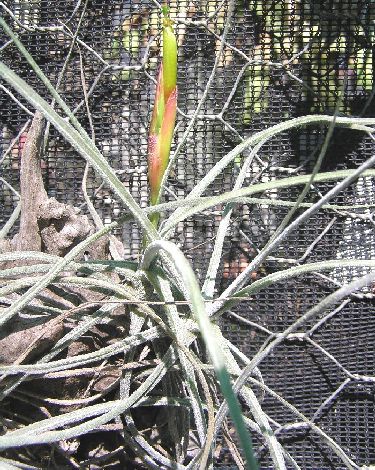
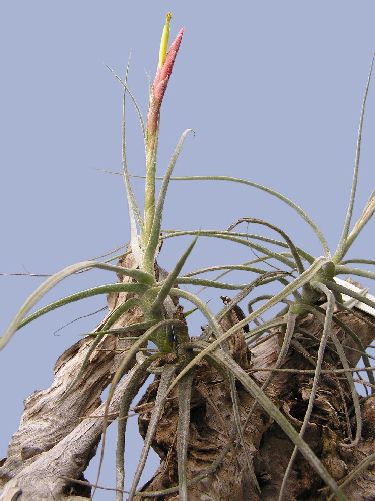
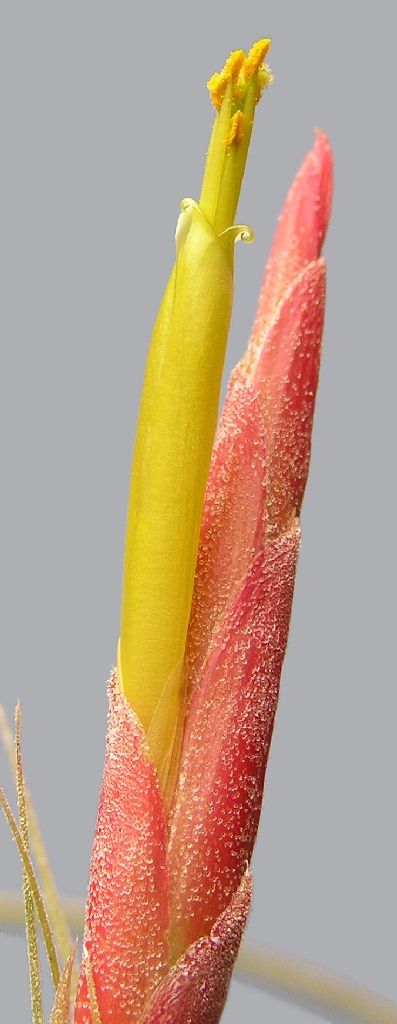
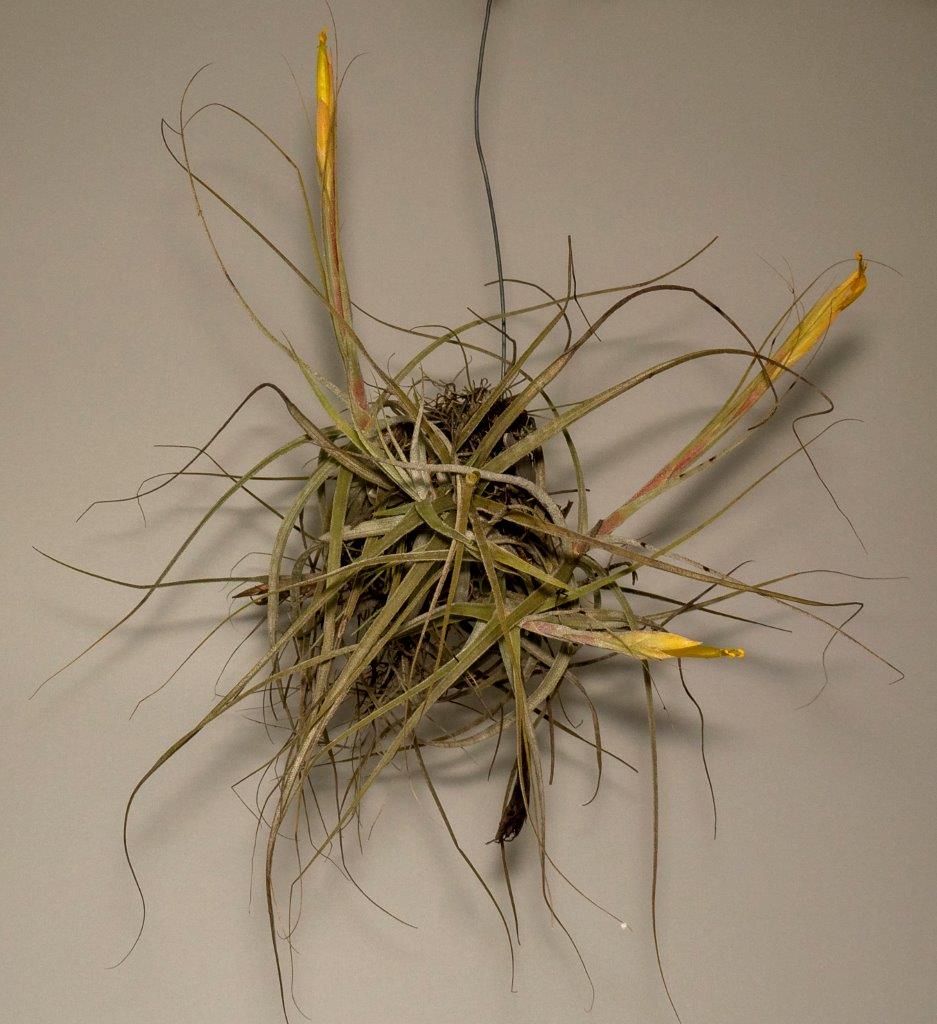
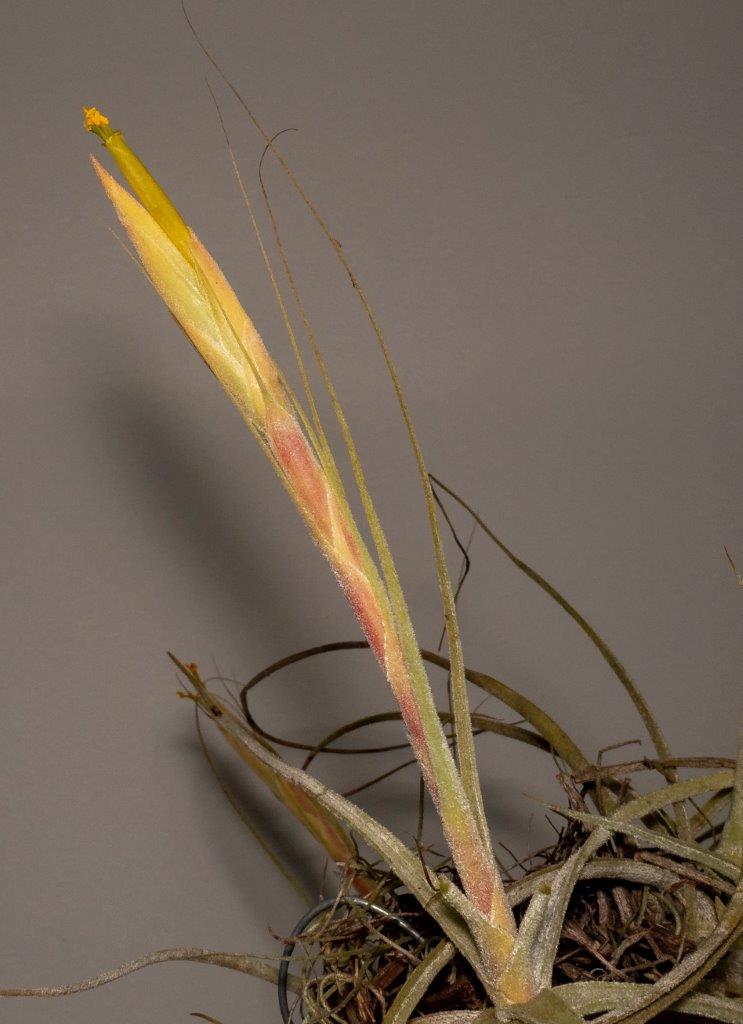
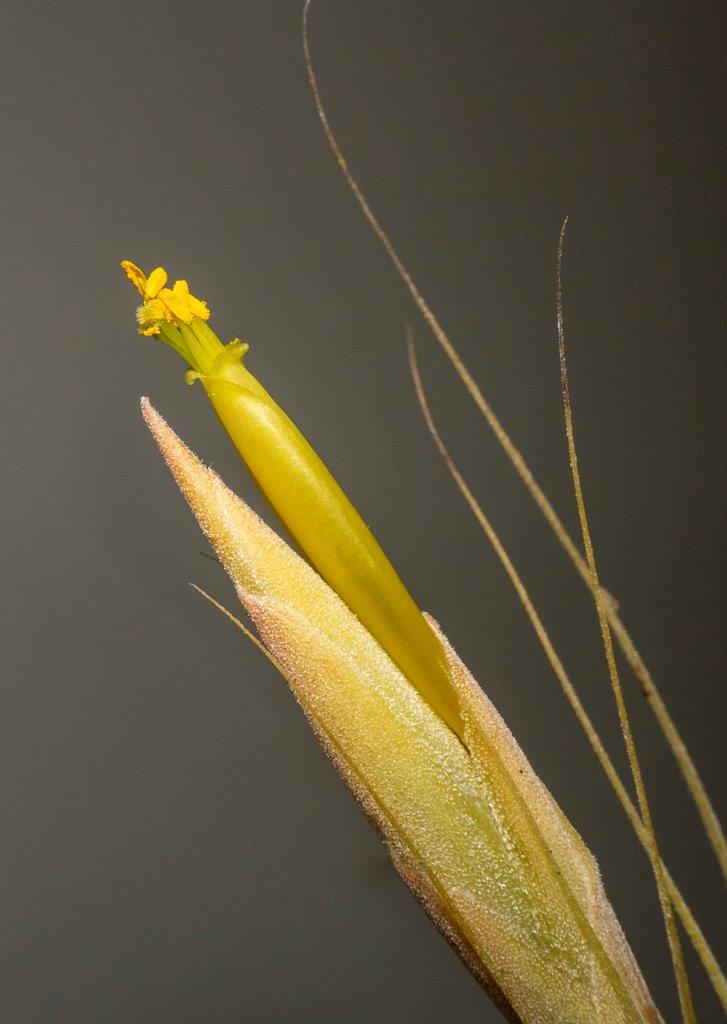
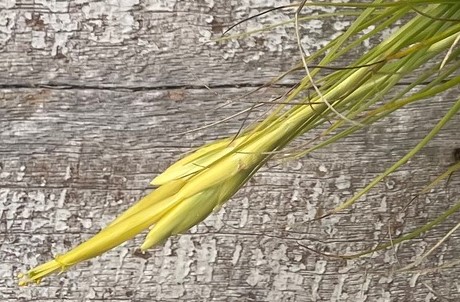
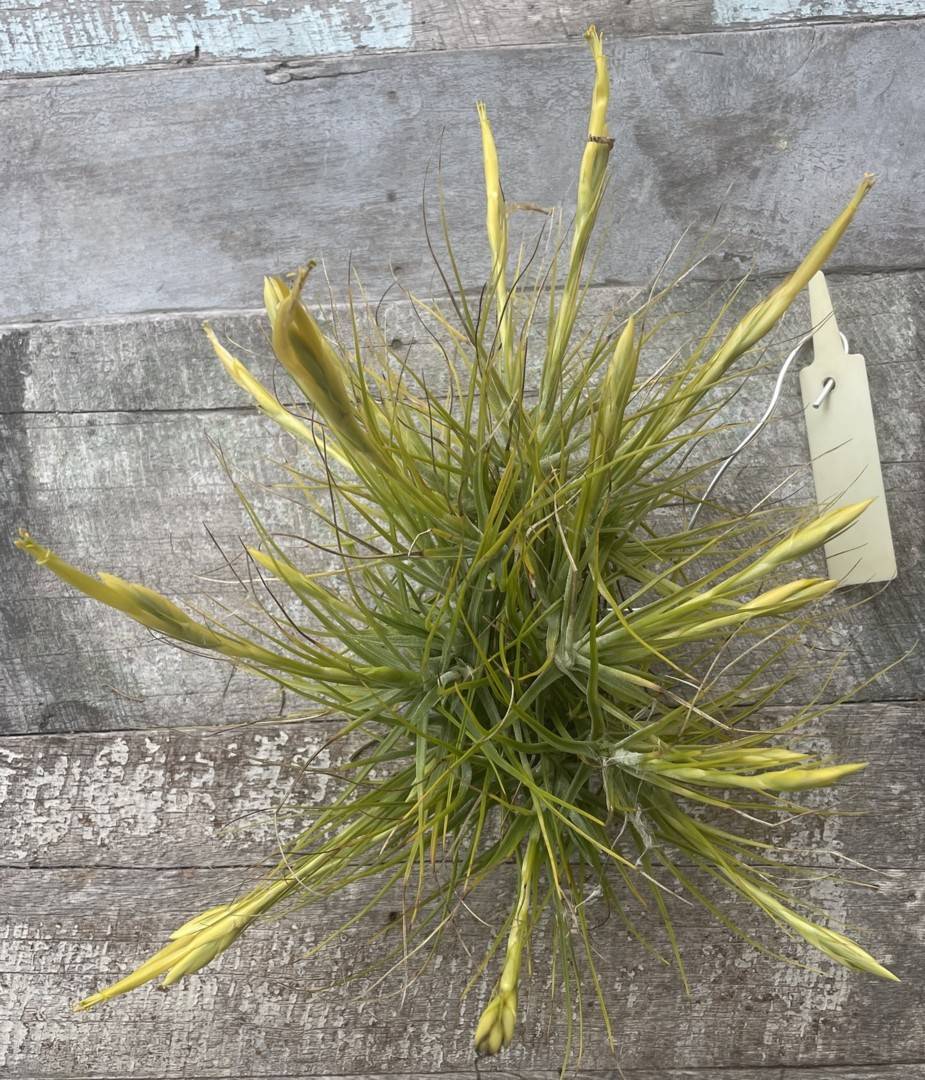
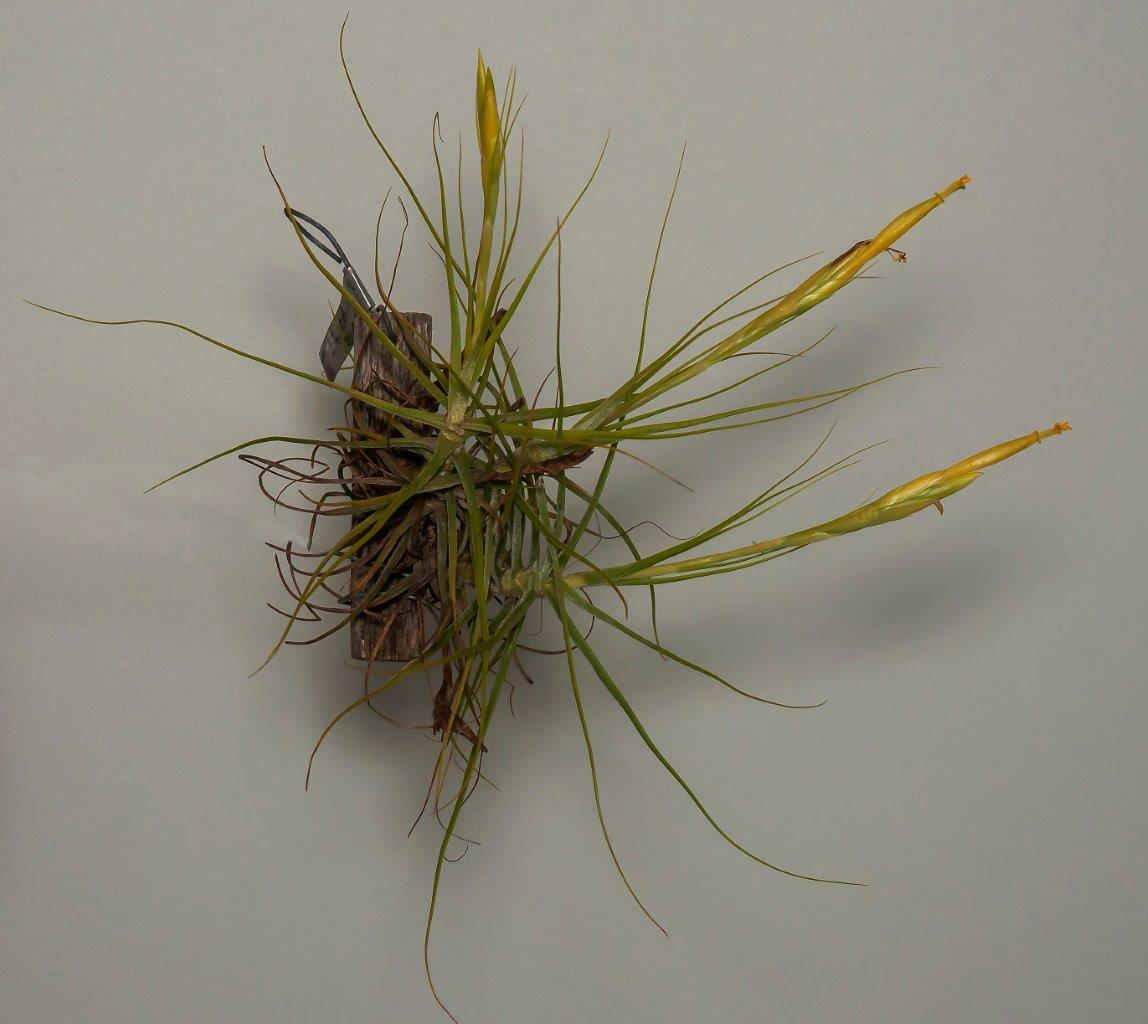
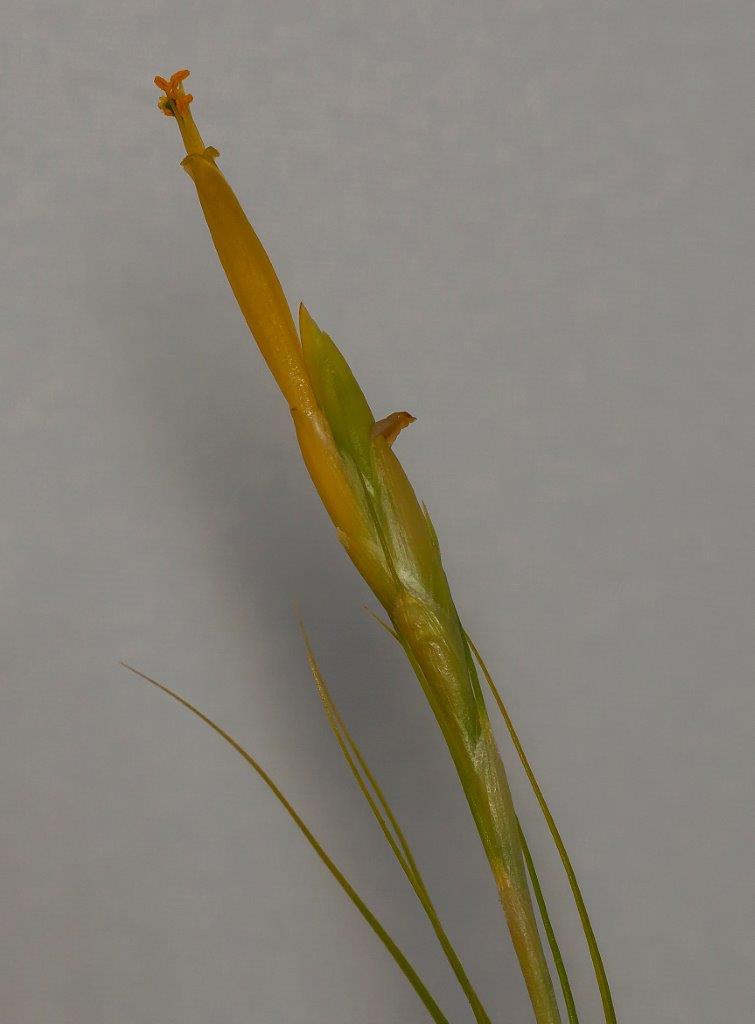
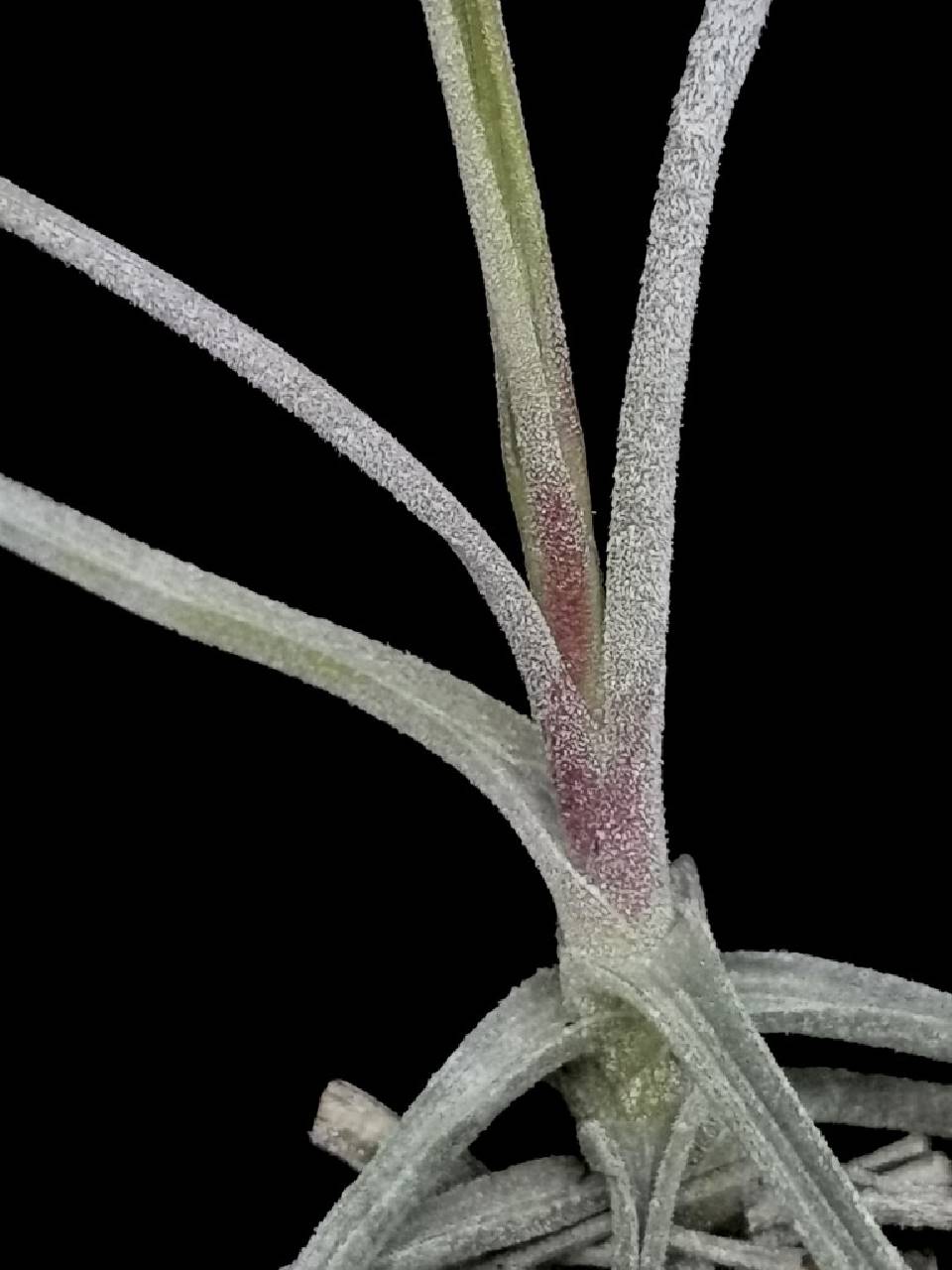
Tillandsia schiedeana Steudel subspecies glabrior (L.B. Smith) C.S. Gardner Selbyana:361-379;1983 & J Brom Soc 1987 p 163-4 Tillandsia schiedeana Steud. 1841 var. totolapanensis Weber & Ehlers, J. Brom. Soc. 33: 33. 1983 now Tillandsia glabrior a species in own right –see Lopez-Ferrari, Espejo, and Ramirez Selbyana 25(1): 60. 2004
Detail from Baker 1889
Protologue
Tillandsia eggersii Baker, Handb. Bromel. 170. 1889. Type. Llanos de San Rafael, Republica Dominicana, Eggers 1806 (BM, C, GH, K, P, US), 7 May 1887.
49. T. EGGERSII Baker. –
Leaves laxly spread over a stem 2-3 in. long, patent, linear- subulate, 4-5 in. long, 1/6 in. broad low down, deeply channelled at the base, densely coated with lax whitish lepidote scales. Peduncle slender, 3-4 in. long; bract-leaves with long setaceous points. Inflorescence a dense simple spike 1½-2 in. long, ¼-? in. diam. ; flower-bracts oblong, ?-¾ in. long, reddish, lepidote. Calyx rather shorter than the bract.
Petal-blade oblong, bright yellow, ½ in. long. Capsule-valves linear, an inch long.
Hab. St. Domingo, Eggers 1806 ! Near T. vestita.
50. T. VESTITA Cham. et Schlecht. in Linnaea xviii. 423 (M.D.).
T. Schiedeana Steud.
T. flavescens Mart. et Gal.
Leaves spaced out over a stem 3-4 in. long, subulate from a small clasping base, 6-8 in. long, 1/6 in. broad low down, rigidly coriaceous, spreading, densely persistently laxly lepidote all over. Peduncle 2-3 in. long; bract-leaves with long setaceons points. Inflorescence a dense simple spike 1½-2 in. long, ? in, broad; flower-bracts oblong-lanceolate, bright red, finely lepidote, an inch long.
Calyx nearly as long as the bract. Petals yellow, convolute in a cylindrical tube an inch longer than the calyx, shorter than the stamens. Capsule-valves lanceolate, 1½ in. long.
Hab. Highlands of Central Mexico, Schiede & Deppe ! Galeotti 4912 ! Bourgeau 2179 ! Kerber 295 ! Carruthers ! Yucatan, Schott ! Johnson 84 ! Described from a plant that flowered at Kew in March, 1887, received from Messrs. Shuttleworth. T. subulata E. Morren inedit., founded on Uhde 183 ! in the Berlin Herbarium, is a form of this species.
134. T. GRISEBACHII Baker in Journ. Bot. 1887, 335.
T. caerulea Griseb. non H. B. K.
Leaves densely rosulate, linear- subulate, channelled all down the face, ½ ft. long, ¼ in. broad at the clasping base, rigidly coriaceous, densely persistently lepidote. Peduncle shorter than the leaves; bract-leaves few, with long erect setaceous free points. Inflorescence a short few-flowered lax simple erect spike; flower-bracts oblong-lanceolate, acute, an inch long. Calyx reaching nearly to the tip of the bract.
Hab. Mountains of Venezuela, alt. 3000 ft., Fendler 1533 !
Tillandsia schiedeana Steud. Nom. Bot. ed. 2. 2: 688. 1841. By McVaugh in Flora Novo Galiciana 1989
Tillandsia vestita Schlecht. & Cham. Linnaea 6: 52. 1831, not T. vestita Willd. ex Roem. & Schult., 1830. Fig. 9.
On trees, in dry places, lava beds, steep sunny hills, on oaks or usually in tropical deciduous forest, mostly on the Pacific slope, 50-1500 m, flowering Mar-Jul, the fruiting spikes persistent.
B.C., Sin., Nay., Jal., Col., Mich., Gro., Mex., Mor., Oax., Pue., Ver. (Hda. de la Laguna, Schiede, the lectotype), Hgo., S.L.P., Tamps., Tab., Camp., Q.R., Yuc., Chis.; Centr. Amer.; W. Ind.; S. Amer.
Pedro Paulo (Rose 3324, cited by Smith, not seen); between San Blas and Tepic (Gardner 1337!); lava flows from Volcan Ceboruco (Feddema 416, McVaugh 12053); vicinity of Mazatan (Feddema 1132, McVaugh 15343); Mpio. Puerto Vallarta, 1 km NE of Las Palmas (R. Ornelas U. 302, IBUG); Mpio. Cabo Corrientes, SE of El Tuito (McVaugh 25371); 9-11 km E of Chamela, lands of Estacion de Biologia (McVaugh 25172); Estacion de Biologia and vicinity (7 collections, all at MEXU, cited by Magana, not seen); Mpio. Purificacion, 700 m, between Rancho La Sillita and Rancho El Ocotillo (Cuevas G. & Llamas 712, IBUG); "8 mi" S of Autlan, (Wilbur 2397); thorn forest, km 6 between San Gabriel and Sayula (Valenzuela Z. 123, IBUG); Zapotlan (Pringle 4376); oak forest above Minatitlan, Col. (McVaugh 26248); 6 km SW of Coalcoman (Rzedowski 16676).
Plants distinctly caulescent, often in rounded masses, when in flower commonly 10-20 (-40) cm high, the stems 5-20 cm long, simple or few-branched: leaves polystichous, few or many on the stems, up to 25 cm long, densely pale- or rusty-lepidote, the scales appressed near the apex of the leaf; sheaths suborbicular, closely imbricated and making the stem appear very stout, glabrous where covered, at least the margins hyaline: blades very narrowly triangular. 2-5 mm wide, divaricate, involute -subulate, filiform-attenuate; inflorescence terminal, erect, always simple. the peduncle (scape) up to ca 10 cm long, shorter than the leaves, the spike terete, densely few-flowered, acute at both ends, up to 7 cm long and 8 mm in diameter but often less than half that large; flowers distichous, or sometimes polystichous at the base of the spike, sessile; scape-bracts imbricated and concealing the axis, the lower foliaceous, the upper thinner and usually roseate, usually with a distinct filiform lamina; floral bracts densely imbricated and wholly concealing the rachis, 2 or 3 times as long as the internodes. elliptic-lanceolate, obtuse, about 2-3 cm long and 0.5-1 cm wide, much exceeding the sepals, membranous, roseate, strongly nerved, the lower ones (at least) lepidote; flowers up to ca 4.5 cm long: sepals lanceolate, acute. l.5-2 cm long, subcoriaceous, glabrous, sometimes few-nerved, the adaxial (posterior) ones usually much connate; petals tubular-erect, yellow or "greenish yellow" or "canary" (G); stamens and pistil exserted; ovary ellipsoid; stigma spiral; fruit cylindric, 1.5-3 (-4.5) cm long; seeds ca 100, 1-1.5 cm long.
Protologue
1004. Tillandsia vestita n. sp. Schlechtendal & Chamisso, Linnaea 6: 52. 1831
Tota squamulis albis triangularibus patentibus subreflexisve subvelutino-canescenti-tomentosa. Caulis simplicissimus, foliis paulo brevior, ex toto foliorum vaginis bracteisque imbricatis tectus. Folia a latiori vaginante bast sensim attenuata, convoluto-subulata, subcarinata, profunde canaliculata, subrecurva; inferiora (radicalia simulantia) longiora, 6-8 pollicaria, brevius vaginantia; superiora (caulina) longius vaginantia, lamina breviori citius decrescente, sensim in bracteas (vaginas aphyllas) abeuntia nervosas, magis glabratas, imbricatas. Spica terminalis, simplex, cylindrica, acuta, pauciflora. Flores 4-5 lutei, supera minori sua parte e bracteis exserti. Capsulae maturae laeves, bracteis multo longiores. Caulis semper solitarius videtur, sed inter folia inferiora unus alterve propullat foliorum fasciculus, sequentis anni certo caulem editurus.
- - In arboribus parasitica prope Hacienda de la Laguna. Sept. Prope Actopan. Mart.